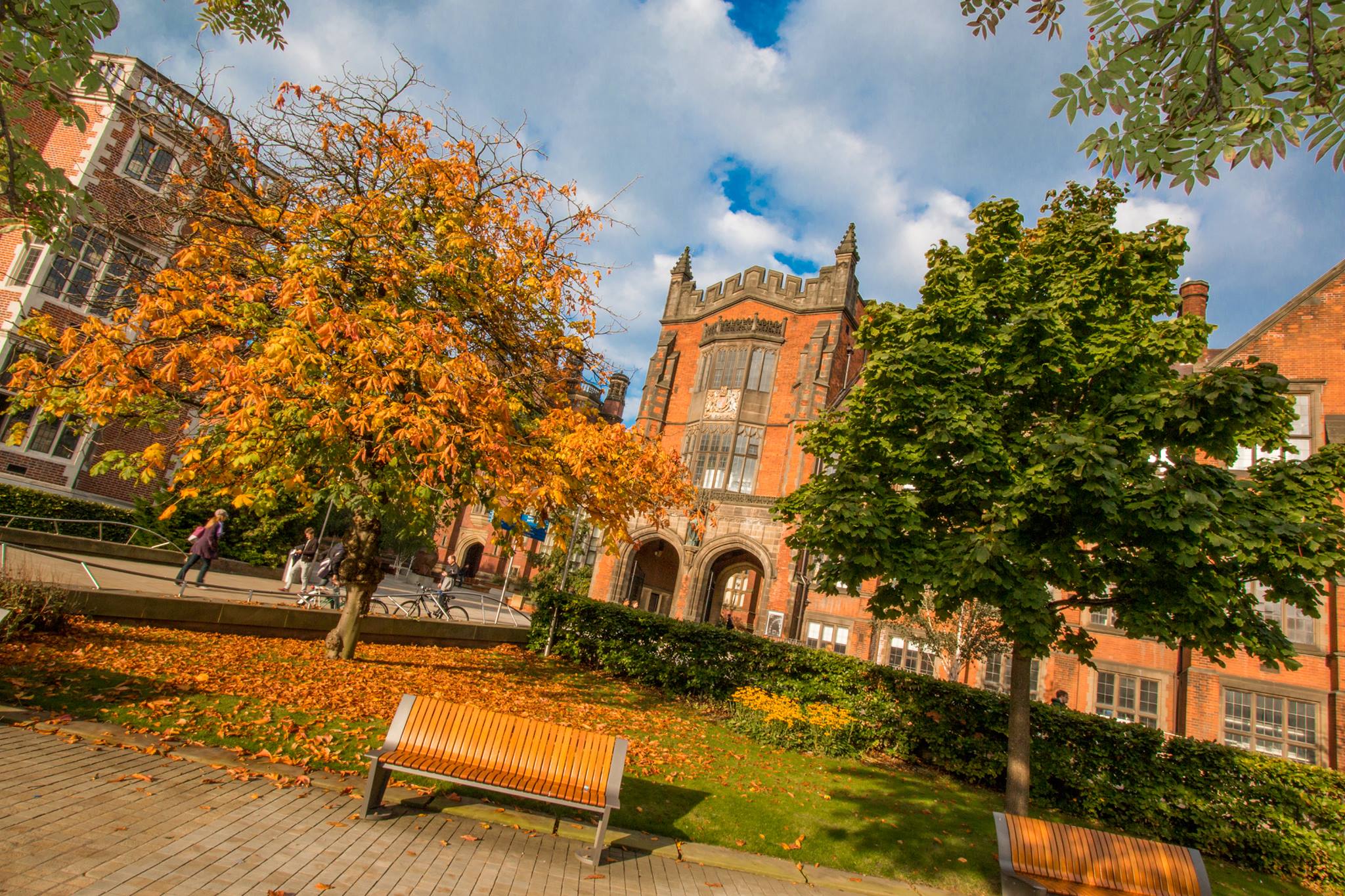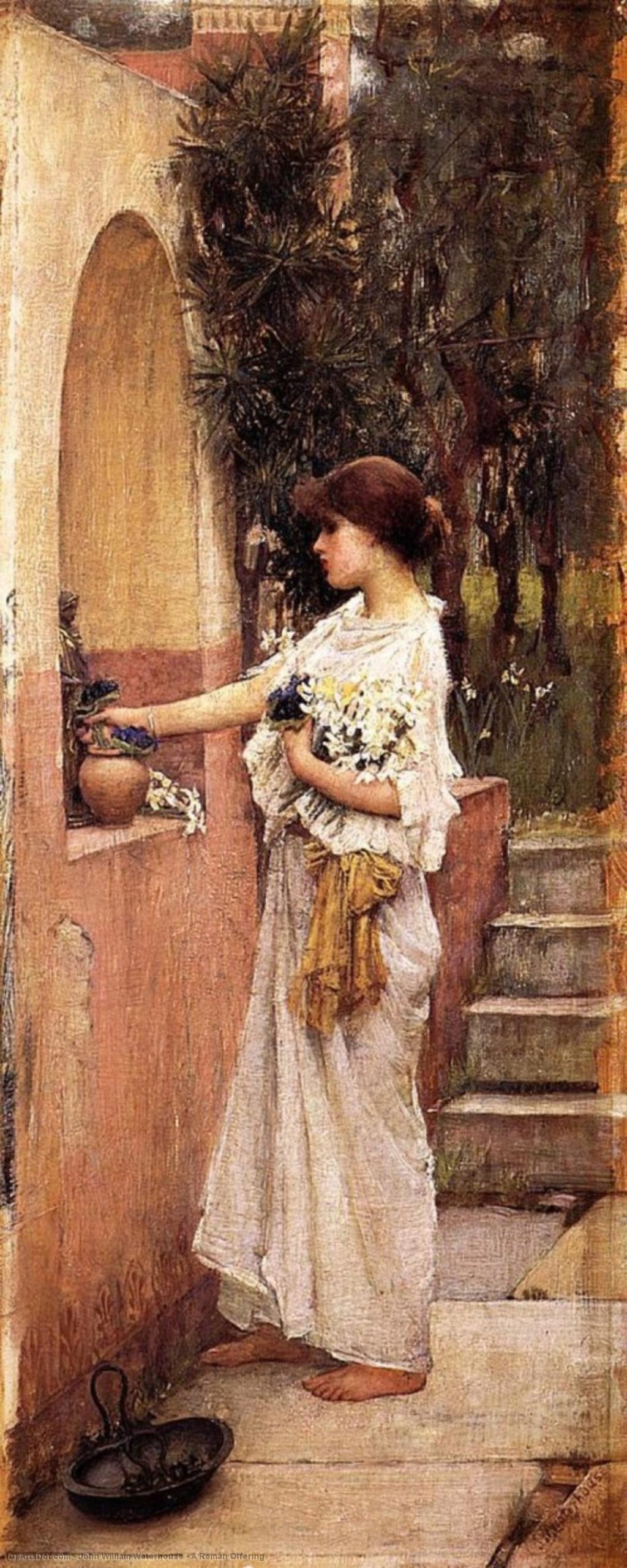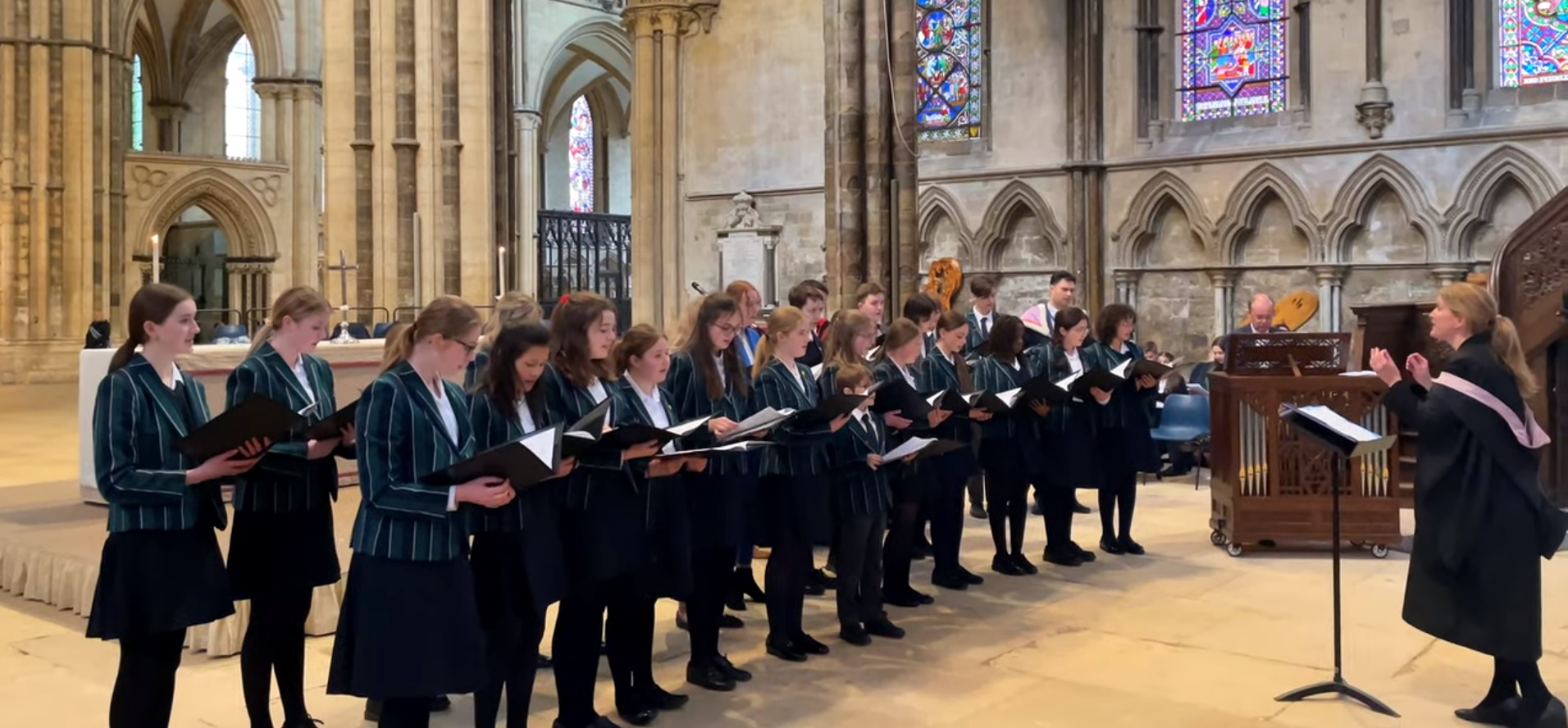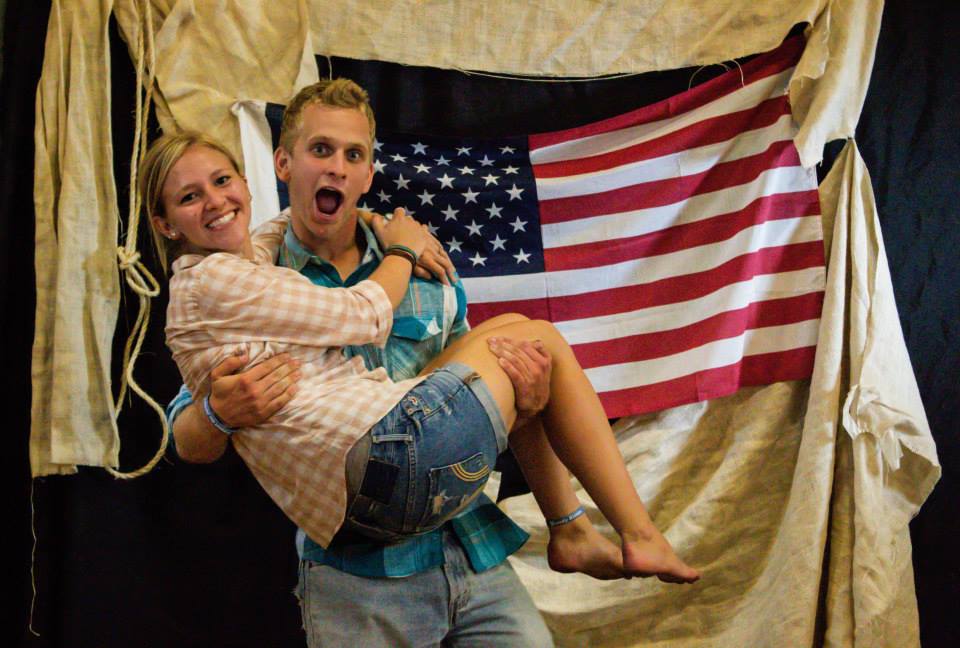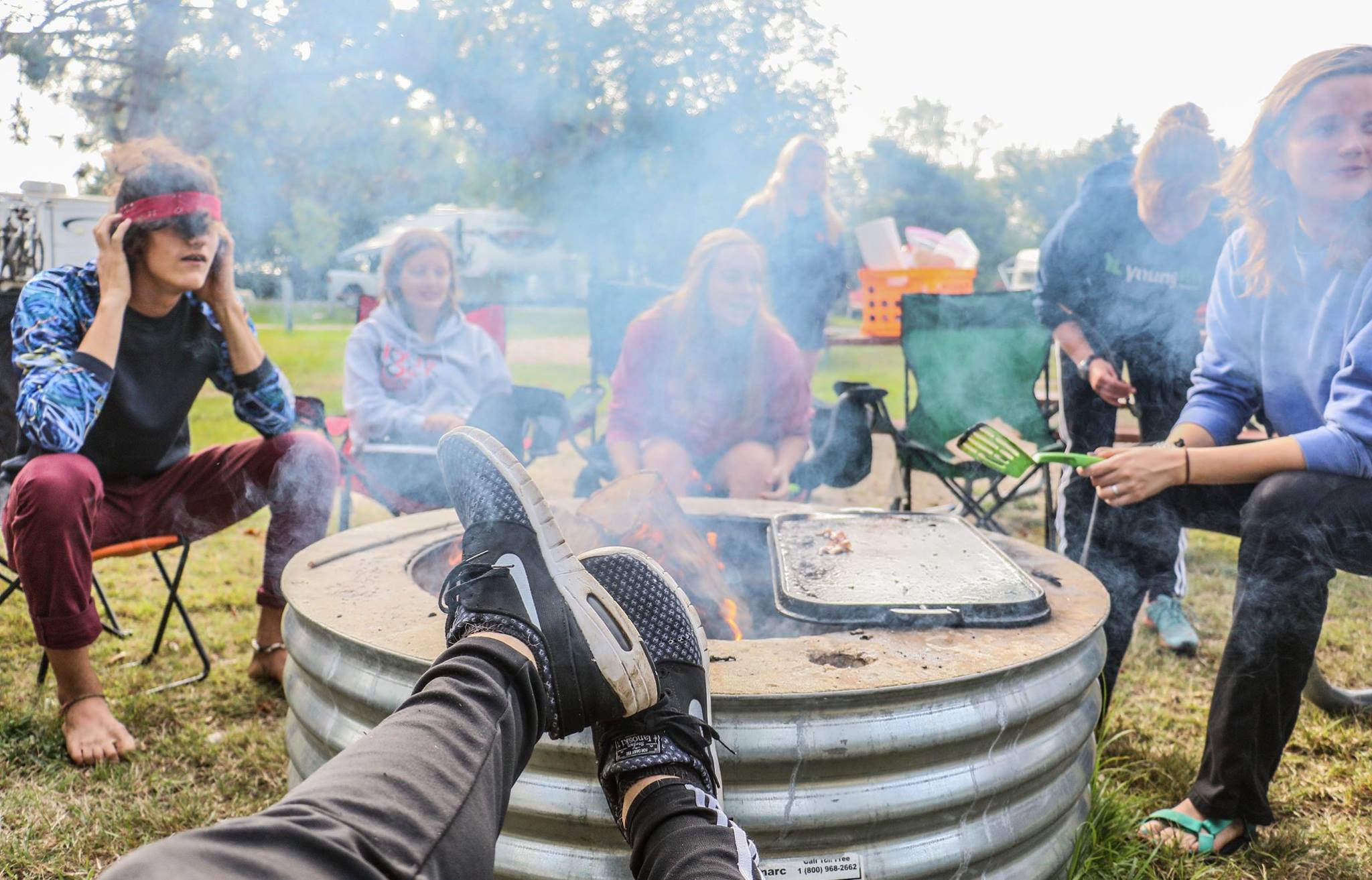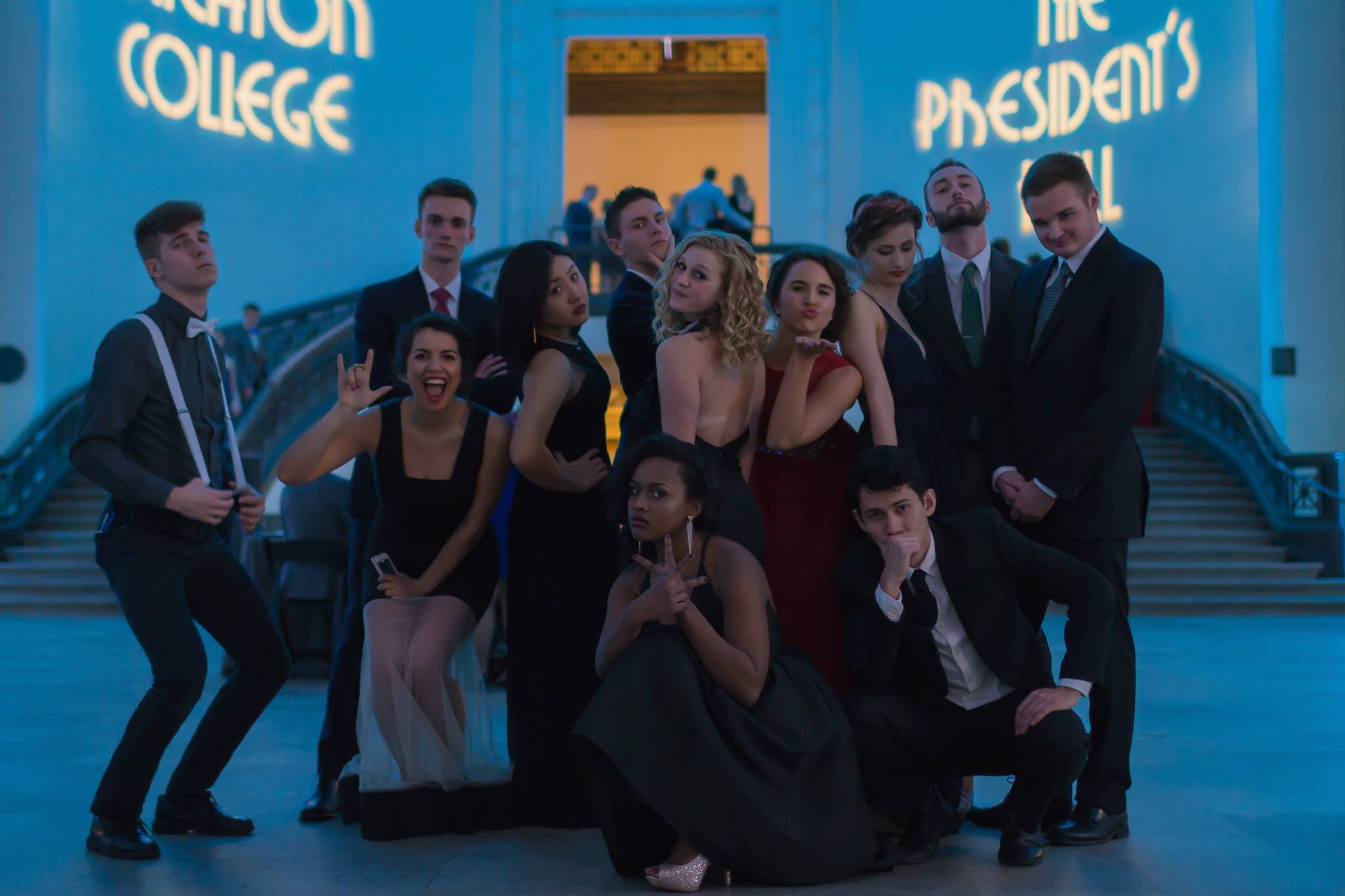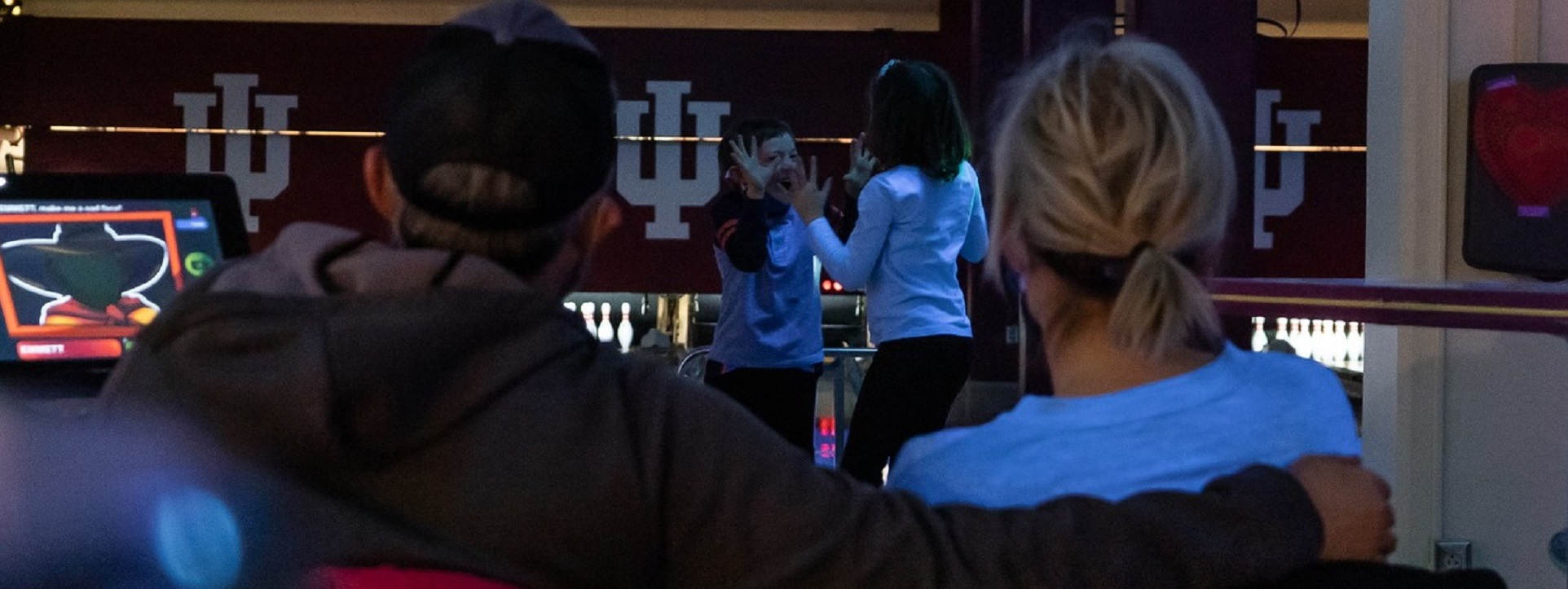Bloody Mary
- Home Page 119

The “Perfect Pancake” & DYI Buttermilk
Newcastle University, founded in 1834 as the School of Medicine and Surgery, evolved into a university in 1963. Its origins are intertwined with the advancement of medical education in Newcastle. Like many European universities its main “campus’ is integrated into the heart of the city.
Newcastle University | Estates and Facilities
Sir Roger Scruton: Beauty, Conservatism & Tradition
Fake Professor
University Facilities & Services
🎤 “Sometimes ask about the weather…”#TTPD pic.twitter.com/Oq4oJ6JumF
— University of Rochester (@UofR) April 19, 2024
Spring is springing 🌸🌤️ pic.twitter.com/EErJ53TAXt
— University of Rochester (@UofR) February 27, 2024
A Rochester study shows watching and discussing movies about relationships is as effective in lowering divorce rates as marriage counseling
So go ahead and put “Love Story” and “The Way We Were” on your streaming list#URochesterResearch #ValentinesDayhttps://t.co/ruGJvT8S2L pic.twitter.com/IwO9kiifYz
— University of Rochester (@UofR) February 14, 2024
Tea Water & Simnel Cake
“Love and scandal are the best sweeteners of tea.”
— Henry Fielding “Love in Several Masques (Act IV, Scene 11)”
Simnel Cake: British Food History
Mothering Sunday
Observed the fourth Sunday of Lent, known as Laetare Sunday, a day when the strict fasting rules of Lent are traditionally relaxed. The name referred to the practice of returning to one’s “mother church”—the main church or cathedral of the region—for a special service. Over time, this evolved into a day when people, especially young servants and apprentices working away from home, were given time off to visit their families and attend their home parish church and sharing Simnel Cake.
Vide: Office of National Statistics: How is the fertility rate changing in England and Wales?
The weather this week has been glorious! 🌤️
Photo by randheer_photography04.
Please send us your pictures via direct message for a chance to be featured next week. pic.twitter.com/Pe6xQ9W4ko
— University of Lincoln, UK (@unilincoln) March 6, 2025
BSI Group | Estates Annual Report 2024
Architectural Considerations for Dormitory Toilet and Bathing Facilities
This content is accessible to paid subscribers. To view it please enter your password below or send mike@standardsmichigan.com a request for subscription details.
God Beyond All Praising
This content is accessible to paid subscribers. To view it please enter your password below or send mike@standardsmichigan.com a request for subscription details.
New update alert! The 2022 update to the Trademark Assignment Dataset is now available online. Find 1.29 million trademark assignments, involving 2.28 million unique trademark properties issued by the USPTO between March 1952 and January 2023: https://t.co/njrDAbSpwB pic.twitter.com/GkAXrHoQ9T
— USPTO (@uspto) July 13, 2023
Standards Michigan Group, LLC
2723 South State Street | Suite 150
Ann Arbor, MI 48104 USA
888-746-3670


